Hi, what do you want to do?
ReadWriteThink
Read Write Think: Building Reading Comprehension Through Think Alouds
The Think-Aloud method has be shown to improve information retention. The lesson plan contained within this site models for teachers how to model this strategy. There is a rubric included for assessment.
AdLit
Ad lit.org: Classroom Strategies: Think Alouds
Think Alouds help students learn to monitor their thinking as they read an assigned passage. Students are directed by a series of questions which they think about and answer aloud while reading. This process reveals how much they...
ClassFlow
Class Flow: Duck for President Think Aloud
[Free Registration/Login Required] This lesson is meant to model a Think Aloud. This strategy models good reading habits for readers: the teacher reads the text aloud and explains their thinking as they read. Duck for President by Doreen...
AdLit
Ad lit.org: Read Aloud, Read Along, Read Appropriately to Foster Flexible Readers
The read aloud, read along, and read appropriately strategies involve three phases of reading instruction. As the teacher thinks aloud about what he or she is reading, students begin to understand the connections between the words on the...
ReadWriteThink
Read Write Think: Choosing the Right Book: Strategies for Beginning Readers
Students make purposeful choices for their reading materials, thinking about their reasons for reading a book and using strategies to match books to their abilities.
ReadWriteThink
Read Write Think: Peace Poems and Picasso Doves
This lesson plan develops "think-aloud strategies" for reading poetry and incorporating symbols of peace in poetry and art. Included in the lesson plan is an overview, practice, objectives, resources, preparation, and more.
ReadWriteThink
Read Write Think: Text Talk (Read Aloud)
This online instructional activity supports the language development and reading comprehension of kindergarten through second graders. Through the use of an innovative "Text talk," strategy, learners will explain, develop, and expand...
ReadWriteThink
Read Write Think: Gingerbread Phonics
Through a shared reading of the familiar text, "The Gingerbread Man," learners can learn to sound out familiar words. You will find step-by-step instructions as well as supplemental materials.
Other
Thinkport.org: Monitor Comprehension
A resourceful site explaining, chronicling, and detailing the idea of students' monitoring their own comprehension of a task or understanding. Includes a video link, quotes from experts, links, and more.
Scholastic
Scholastic: Questioning the Text
In this magazine article originally featured in Instructor, the reading strategy called "questioning the text" is explained by the renowned literacy consultant and staff developer, Stephanie Harvey. The steps included for questioning the...
ReadWriteThink
Read Write Think: Listen, Look, and Learn: An Information Gathering Process
This lesson models an information-gathering process for primary learners as they listen to and look at resources, seeking information pertinent to the questions on an information wheel. Guiding the listening, looking, and learning...
Texas Education Agency
Texas Gateway: Asking and Answering Questions Professional Development
Asking and Answering Questions Professional Development provides strategies to teach students how to ask and answer questions more effectively to improve comprehension in the classroom and on standardized assessments. It containing 9...
Wisconsin Response to Intervention Center
Wisconsin Rt I Center: Semantic Maps for Morphological Analysis [Pdf]
Classroom teachers will learn about semantic maps to break words into meaningful word parts, an engaging instructional strategy tool. Teachers will learn how to implement semantic maps, understand how to measure progress with semantic...






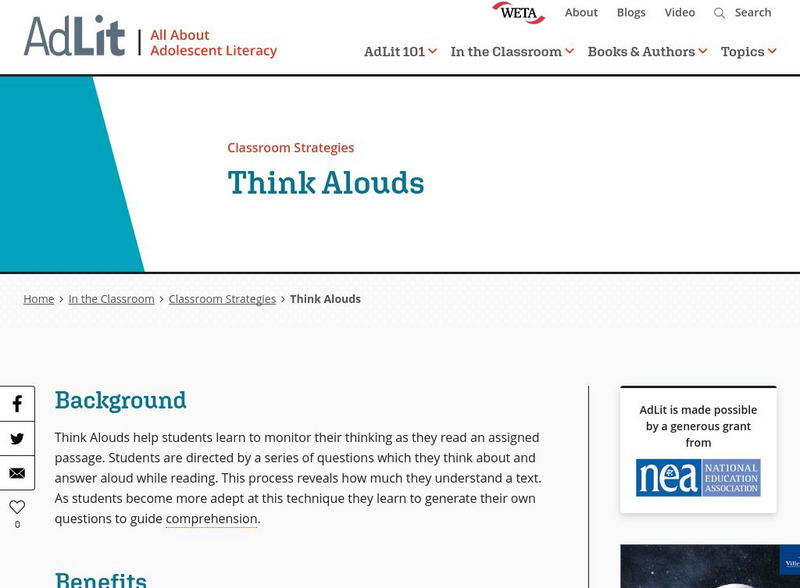

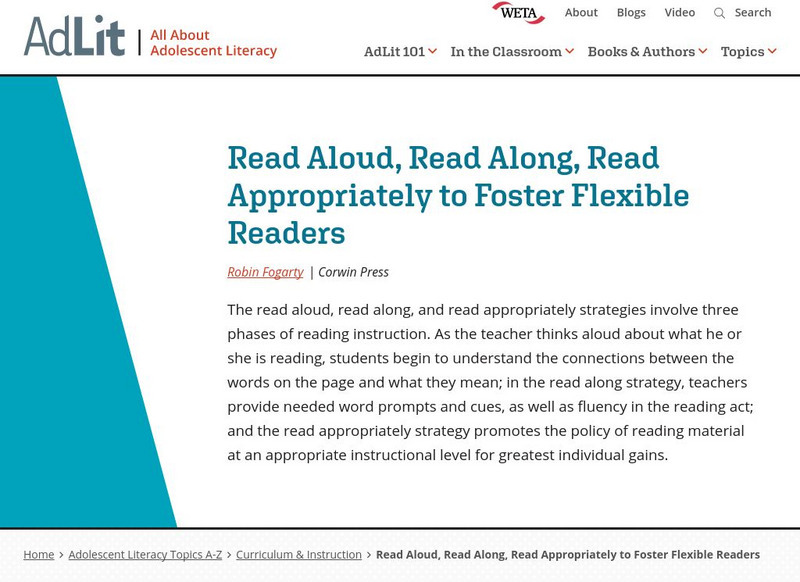
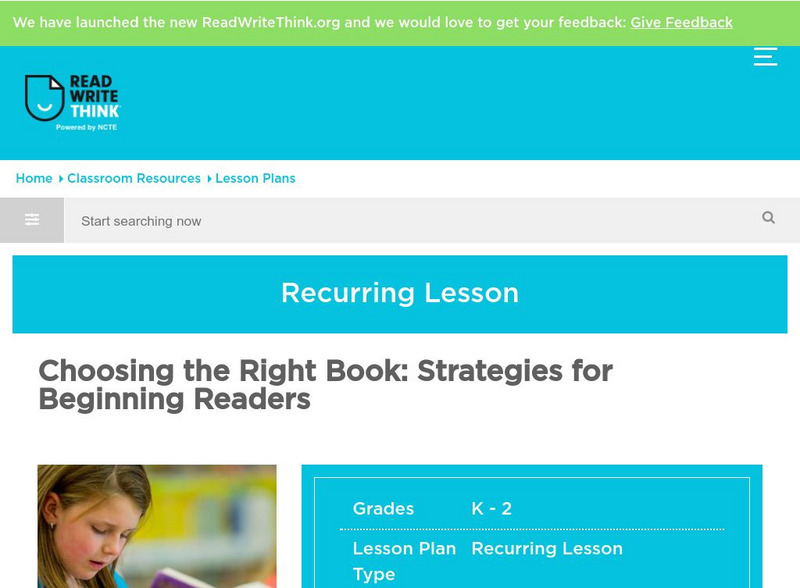


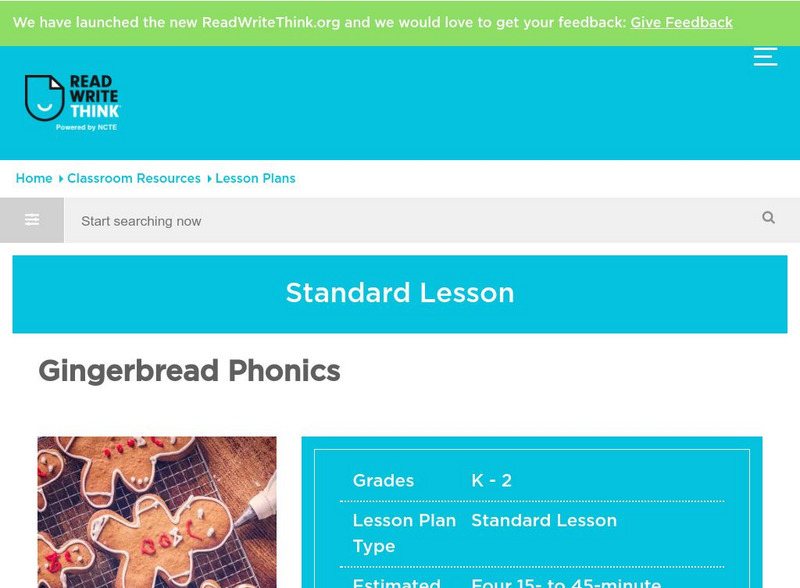

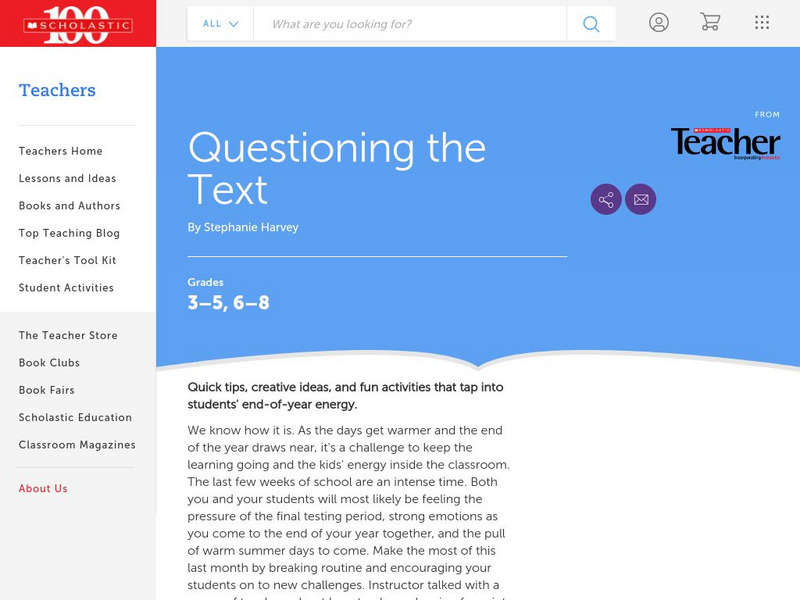
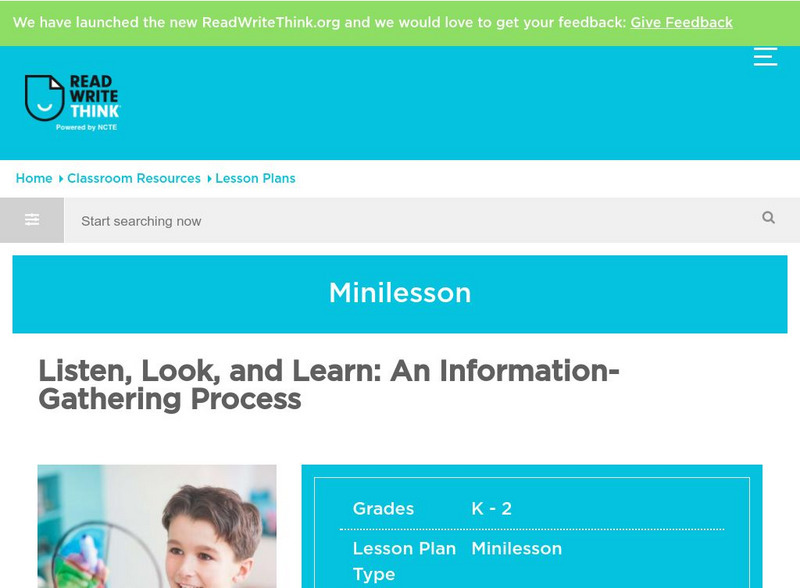

![Wisconsin Rt I Center: Semantic Maps for Morphological Analysis [Pdf] Professional Doc Wisconsin Rt I Center: Semantic Maps for Morphological Analysis [Pdf] Professional Doc](https://static.lp.lexp.cloud/images/attachment_defaults/resource/large/FPO-knovation.png)